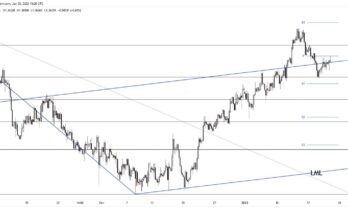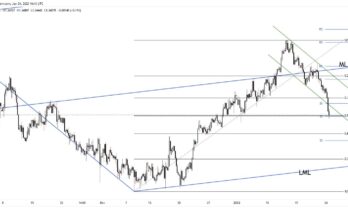GBP/USD started this week off under 1.48 and, in the run up to the FOMC statement on Wednesday, it struggled to make a sustained break above 1.49. Wednesday was of course the busiest day, starting with the release of weaker than expected unemployment and surprisingly weak average earnings figures.
The unemployment rate fell to 5.7% vs. expectations for 5.6% and average earnings in January rose by 1.8% vs. forecasts for a rise of 2.2%. The positive run of earnings data of late has countered the low headline inflation readings and so this lower than expected wage growth must be starting to cause a few headaches amongst MPC members.
By Alex Edwards at UKForex, an international money transfer service
The Bank of England MPC minutes were released at the same time on Wednesday morning, the tone of which was quite uncertain. As we headed into the release there was an ounce of expectation that they wouldn’t sound as dovish as last time around. Alas, it was a unanimous vote to leave rates unchanged and the pound was sold off across the board. Cable fell to a low of 1.4635 as investors next looked forward to the Budget.
However, the Budget threw up no real surprises. GBP/USD was mildly bid as Osborne gave a healthy assessment of the state of the economy (GDP growth of 2.5% was expected this year, inflation had bottomed out and that the unemployment rate was set to fall lower). In any other circumstances, the pound might not have reacted, but after the earlier post-earnings data sell-off, traders were looking for a good excuse to tidy up a few short positions ahead of the main event – the FOMC statement. GBP/USD recovered from its lows, gradually pushing higher as the FOMC statement got closer.
But, like the Budget, the FOMC statement was unsurprising. As expected, the Fed removed the wording ‘the Fed can be patient in beginning to normalise monetary policy’, implying that interest rates would rise soon. However, there were various downgrades to growth. The central bank sees the economy growing 2.3%-2.7% in 2015, below its previous predictions for 2.5%-3%. The bank’s updated “dot plot†too (which shows federal funds rate predictions of FOMC participants) showed that the Fed will raise rates a lot more slowly than markets were initially expecting or more precisely, for US interest rates to rise to 0.625% by the end of 2015. The US dollar gapped lower as a result and GBP/USD jumped to a high of 1.5164. It was an extremely volatile period – cable quickly dropped back and continued to fall in to the end of the week.
The pound has been under pressure across the board recently and it was sold off again on Thursday undermined following comments by BoE economist Andrew Haldane who suggested that interest rates may need to be cut to zero over coming months in order to stave off deflation. Trading in EUR/USD meanwhile, took its lead from events in the US.
The focus next week will turn to UK inflation data on Tuesday, which will be scrutinised even more closely than usual after Haldane’s comments last week. PMIs from Europe and US CPI are due on the same day. The US data will also be watched closely given the Fed’s most recent statement and suggestions that the central bank is in no rush to raise rates despite the removal of that important ‘patient’ word. US durable goods and UK retail sales data is released later in the week.
In our latest podcast we discuss The Fed and the road ahead – all you need to know
Subscribe to Market Movers on iTunes



